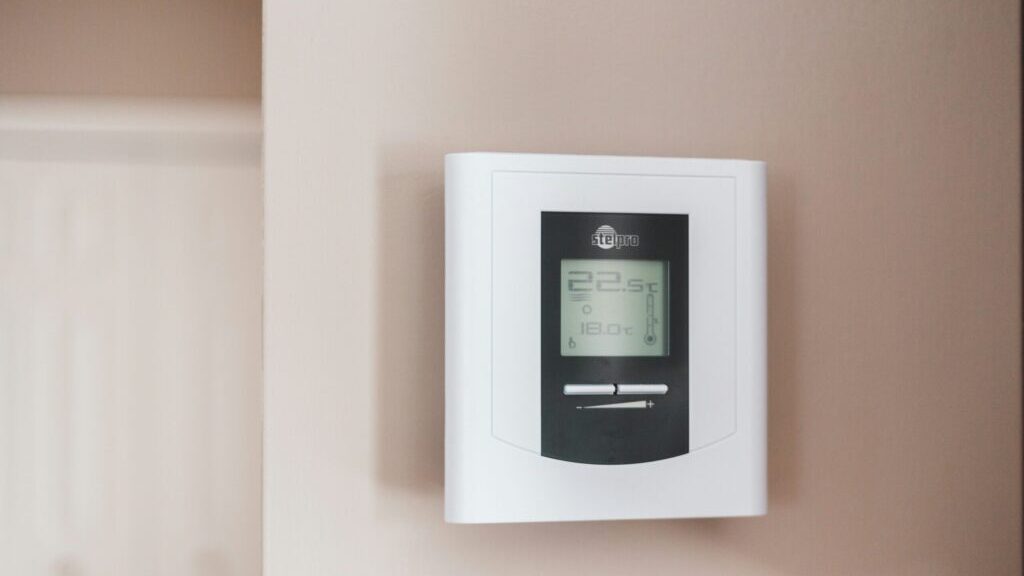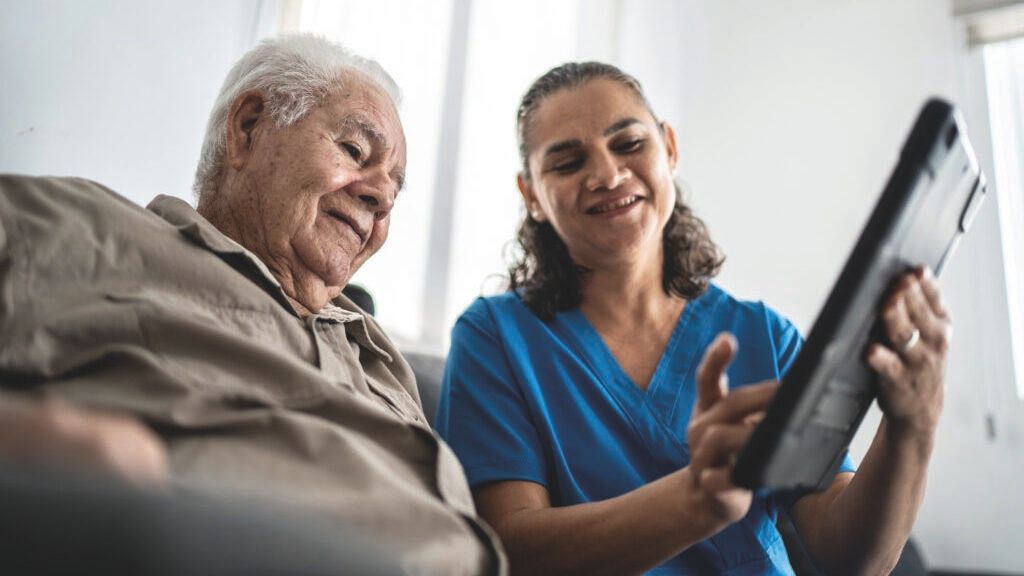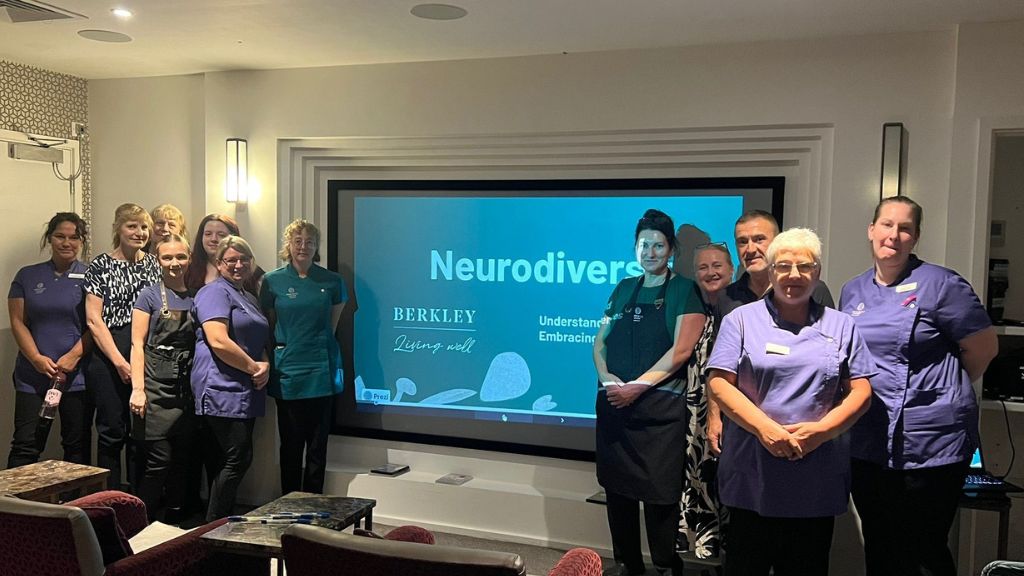MANAGERS GUIDE TO… temperature control
Care homes must maintain compliant temperatures as part of safety compliance. Kirstie Jones, head of client services and environmental health expert at Navitas Safety, shares advice on effective temperature monitoring

A critical aspect of safety compliance in care homes is maintaining temperatures, whether in relation to rooms, baths and basins, medicine storage or food. Failures can lead to illness or, even worse, can be fatal in the elderly or people who are immunocompromised, which is why the Care Quality Commission places significant importance on temperature control during its inspections.
Unfortunately, a number of care homes have come under fire for unsafe working practices in this area. Earlier this year, a Huddersfield care home was forced to take action after inspectors discovered high-risk food, including dairy, stored above 8°C, and meat with ‘freezer burn’.
In addition, fridge temperature records indicated that fridges had been running above the legal temperature for at least three months, with “no records to show that any corrective action had been taken”.
1. The Food Standards Agency has clear guidance on temperature management, stating that fridges should be kept at 5°C or below. Specifically, for food business operators in England, Wales and Northern Ireland, it is a legal requirement to store cold foods below 8°C. A freezer should operate at -18°C or below. The same rules apply to Scotland.
2. In care homes, there should be daily temperature monitoring for freezers and fridges that store either food or certain medicines. This should be completed at least twice a day using a calibrated digital thermometer with clear records of when this has been done, and by which member of staff.
3. High-risk foods must be cooked to above 75°C or held hot above 63°C. Cooked foods should be cooled to room temperature within 90 minutes before being put into the fridge to continue cooling. Ideally, a blast chiller should be used as this cools food rapidly to below 5°C within 90 minutes under a more controlled environment. It’s also recommended not to overfill fridges as this stops adequate airflow, which can affect operating temperatures.
4. In the event that a fridge is accidentally left open or switched off, it’s important to check the temperature of the food affected and to know how long ago the issue occurred. If the temperature is below 8°C, food can be retained. The rule of thumb is that anything held above 8°C for more than two hours should be disposed of. If it has been less than two hours you could relocate it to another fridge. While this may seem strict, bacterial growth can increase rapidly outside the safe range – so it’s always best to err on the side of caution to avoid any foodborne illnesses. Regardless of the findings and the actions taken, it’s important to note that corrective actions must be taken immediately and everything must be recorded as evidence.
5. Check whether residents’ medicines need to be stored in a fridge, or whether they can be kept at room temperature. If medicines are being stored at room temperature, it must be below 25°C.
6. Smart sensors in fridges and freezers can remove the need for manual checks.
7. Temperature control is also relevant in bedrooms and common areas. Hypothermia is a serious issue which can develop in older people, even if they aren’t exposed to cold weather for long. The risk of hypothermia led to national headlines for a Shropshire-based care home (now closed), where care home residents were ‘knowingly’ left without heating for 72 hours.
8. In a care setting, water temperature is also important to prevent colds, but also possibly scalding if not managed correctly. While the stored water tank temperature should be above 60°C, for a bath to be considered safe for elderly residents, it should be less than 44°C at the outlet. Showers and wash basins should ideally be no more than 40°C.
9. Temperature control should be included within monthly spot checks and twice-yearly internal audits. By doing so, care homes can ensure they are inspection-ready by picking up on issues as soon as they arise. Don’t be afraid to write problems down – it shows you are aware of them and demonstrates that you understand corrective actions are required.
10. A number of settings have been in the news for a lack of incident management. Staff shouldn’t just be reporting accidents that result in harm. Near misses are as important, but often swept aside due to their less serious nature (as they don’t result in any physical injury or harm).



